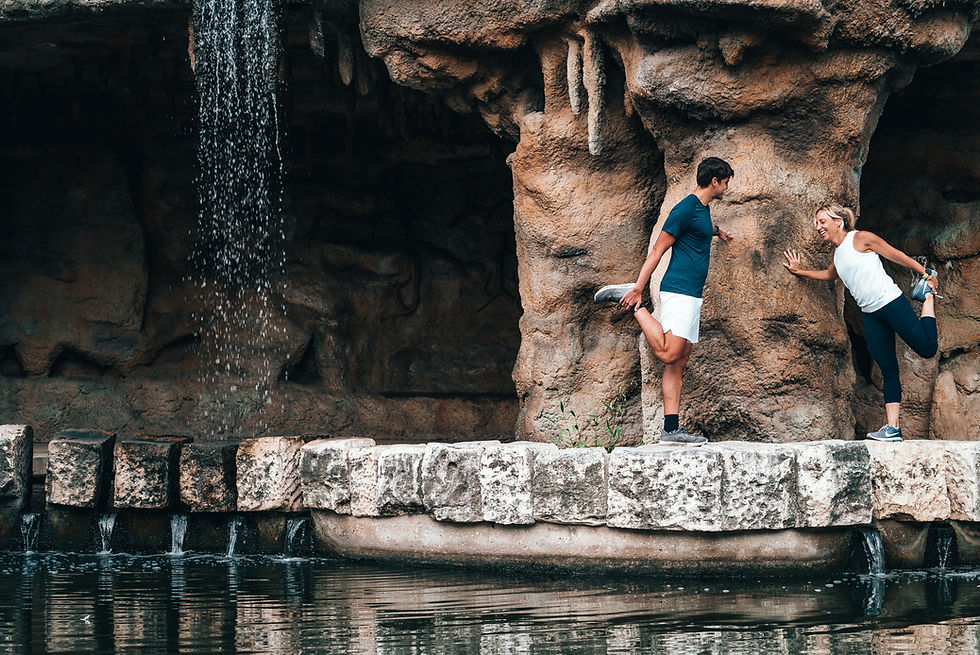
Most people think of hiking as recreational, and it is! But, it's also an athletic activity. The same type of injuries that sideline athletes also force hikers off the trail. Recent data from NOLS found that musculoskeletal injuries are the most common type of adventure injuries. Hikers suffer from muscle strains, tendinitis, and ligament sprains most often. At least 40% of through hikers sustain some sort of injury, and it's known that heavier packs lead to more injuries. These injuries are potentially trek-ending, but proper training helps prevent them.
So how do you stay engaged to train for trekking?
Shift your mindset - As said in the intro, hiking is athletic, so start thinking of yourself as an athlete! Once you recognize that your body is a machine, you'll more willingly put in the maintenance to get it performing in top condition. When you understand that this machine propels you up inclines and slows you down as you descend, you want to keep it in working order. Suffering an avoidable injury like a muscle strain because you didn't prepare might mean you're out of the hiking game all season.
Set a goal - You'll only be able to plot the way to your destination if you know where you're going. What's your reason for training? What will make you a better hiker and give you a more enjoyable experience? Perhaps its being able to keep up with your hiking friends. Or, maybe you want to complete a lengthy day hike that's been out of reach because you're too slow. Even carrying a pack for a two-night trip without soreness the next day is a reason to fire up the workout routine. Make your goals reasonable and attainable, then layout a plan to get there.
Set a routine - We are creatures of habit. Things are just easier when we can put ourselves on autopilot. Find a time that you can be consistent with every day. If you want to work out early, then set your alarm a bit earlier every day so you get used to the routine. Try working out immediately after work to avoid distractions that might interrupt your good intentions of getting in an evening sweat sesh.
Make it fun - Nobody said exercise had to be miserable! You'll be more inclined to meet your goals if you have some fun along the way. What do you like to do for aerobic or cardio training? Try cycling, swimming, or tennis. Even a competitive game of ping-pong can get your heart rate up. Do something new and mix up your program so that you get the full benefits of all types of workouts.
Grab a friend - A long solo run may be just what you need to clear your head some days, but other days it's hard to get up the gumption to get out there. Exercising with a friend is good for the soul as well as the body! It offers you accountability to do the things you commit to doing. Accountability keeps you from backing out on those days when you don't feel like it. It gives you the extra motivation you need to get out there. So, if you want to train for hiking, tell someone!
Need some help putting together your hiking training program or looking for accountability to reach your goals? Let me know - I'm happy to help!
And, if you haven't received a copy of The Healthy Hiker's Guide to Healthy Knees, you can find it here!
Comments